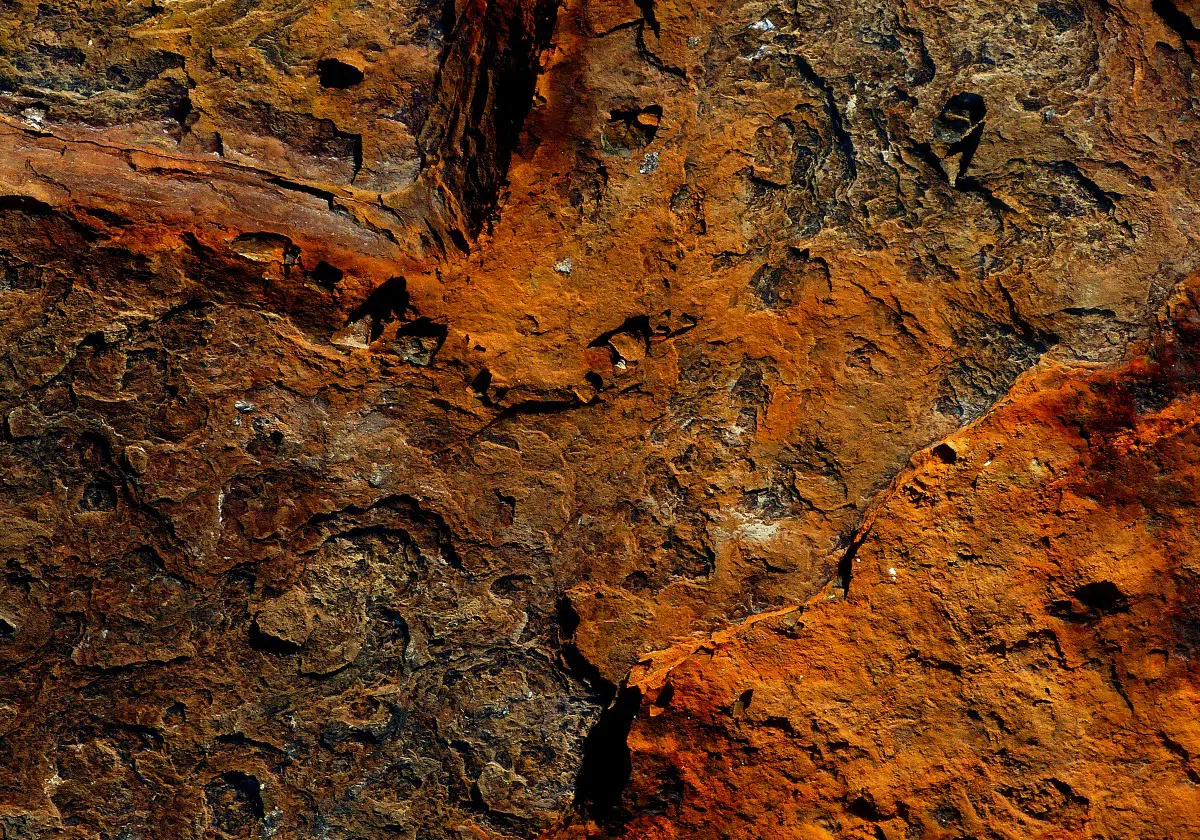
A recent study published in the Planetary Science Journal found that mining near-Earth asteroids, or NEAs, for their metal reserves may be possible in the future.
NEAs, which are rich in metal reserves, are uncommon, but they do exist, and they present the opportunity for us to mine them for iron, nickel, and cobalt for use on Earth.
A group of students co-led by University of Arizona planetary science associate professor Vishnu Reddy studied two near-Earth asteroids, 1986 DA and 2016 ED85, and found that their composition resembled asteroid 16 Psyche, the biggest metal-rich asteroid in our solar system. Scientists believe that metal-rich asteroids where formed through the destruction of planets that failed to fully develop during the early day’s of the solar system.
“Our analysis shows that both NEAs have surfaces with 85% metal such as iron and nickel and 15% silicate material, which is basically rock,” said lead author Juan Sanchez. “These asteroids are similar to some stony-iron meteorites such as mesosiderites found on Earth.”
Two NEAs resemble metal-rich asteroid called “16 Psyche”
Scientists have been wondering about the compositions of Psyche’s surface for years. Through analyzing metal-rich NEAs that are closer to our planet, they are searching for objects that come close to Psyche’s surface.
“We started a compositional survey of the NEA population in 2005, when I was a graduate student, with the goal of identifying and characterizing rare NEAs such as these metal-rich asteroids,” said Reddy, principal investigator of the NASA grant that made the work possible. “It is rewarding that we have discovered these ‘mini Psyches’ so close to the Earth.”
“For perspective, a 50-meter (164-foot) metallic object similar to the two asteroids we studied created the Meteor Crater in Arizona,” said Adam Battle, who is a conducted the research along with Lunar and Planetary Laboratory graduate students Benjamin Sharkey and Theodore Kareta, and David Cantillo, an undergraduate in the Department of Geosciences.
The paper also delved into the question of whether or not these NEAs could be mined. After looking closely at 1986 DA, the researchers found that the quantities of iron, nickel, and cobalt on the asteroid could be far greater than the reserves of those metals found on Earth.
Another thing to consider is that when an asteroid is destroyed, it breaks into an asteroid family– a smattering of smaller asteroids made from its fragments that contain a similar composition of metals. So more accessible asteroids may be created in the future.
The researchers also think that the two NEAs they studies, 1986 DA and 2016 ED85, may be members of asteroid families, but not necessarily of 19 Psyche:
“We believe that these two ‘mini Psyches’ are probably fragments from a large metallic asteroid in the main belt, but not 16 Psyche itself,” Cantillo said. “It’s possible that some of the iron and stony-iron meteorites found on Earth could have also come from that region in the solar system too.”
See all the latest news from Greece and the world at Greekreporter.com. Contact our newsroom to report an update or send your story, photos and videos. Follow GR on Google News and subscribe here to our daily email!



